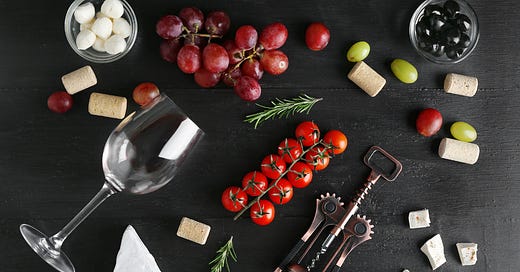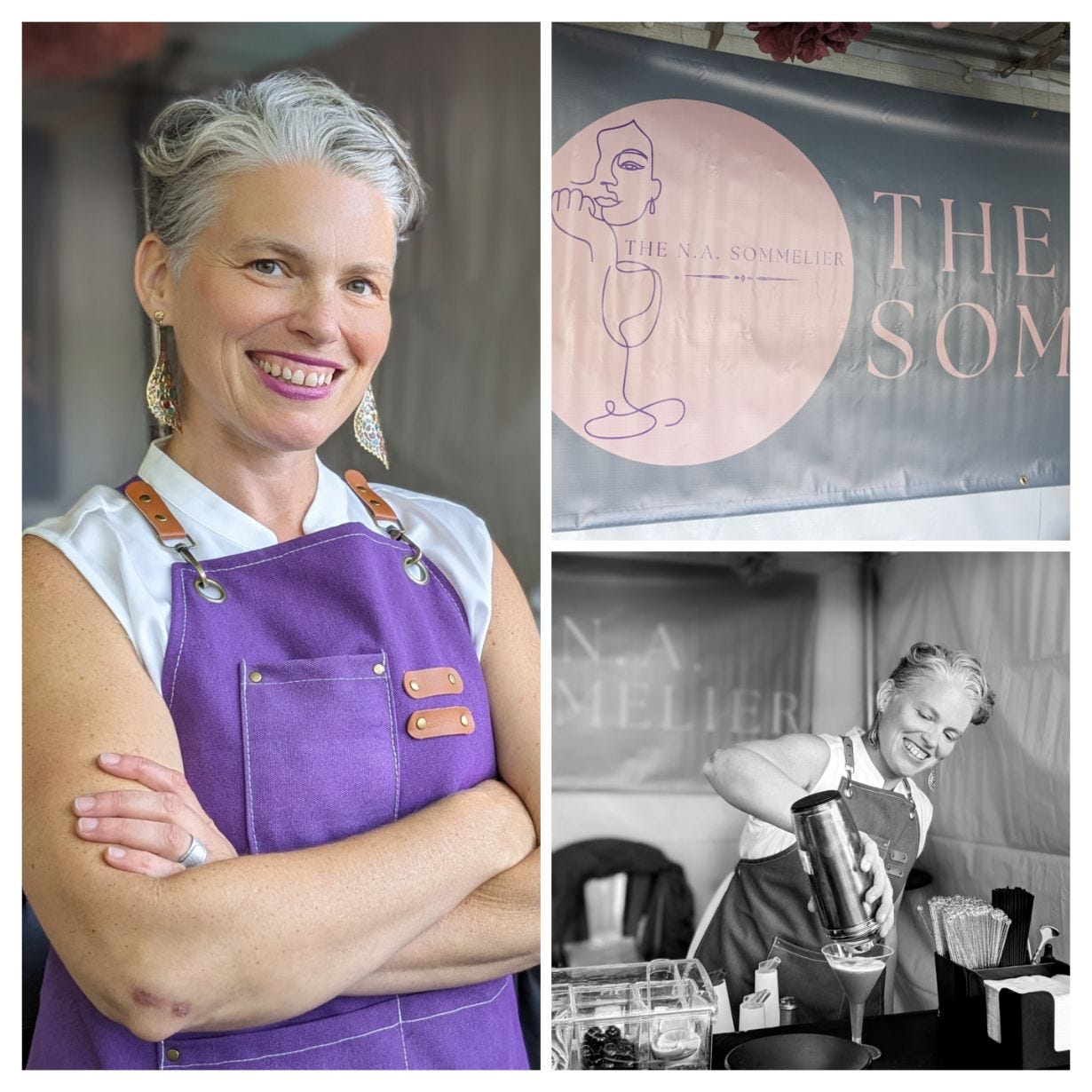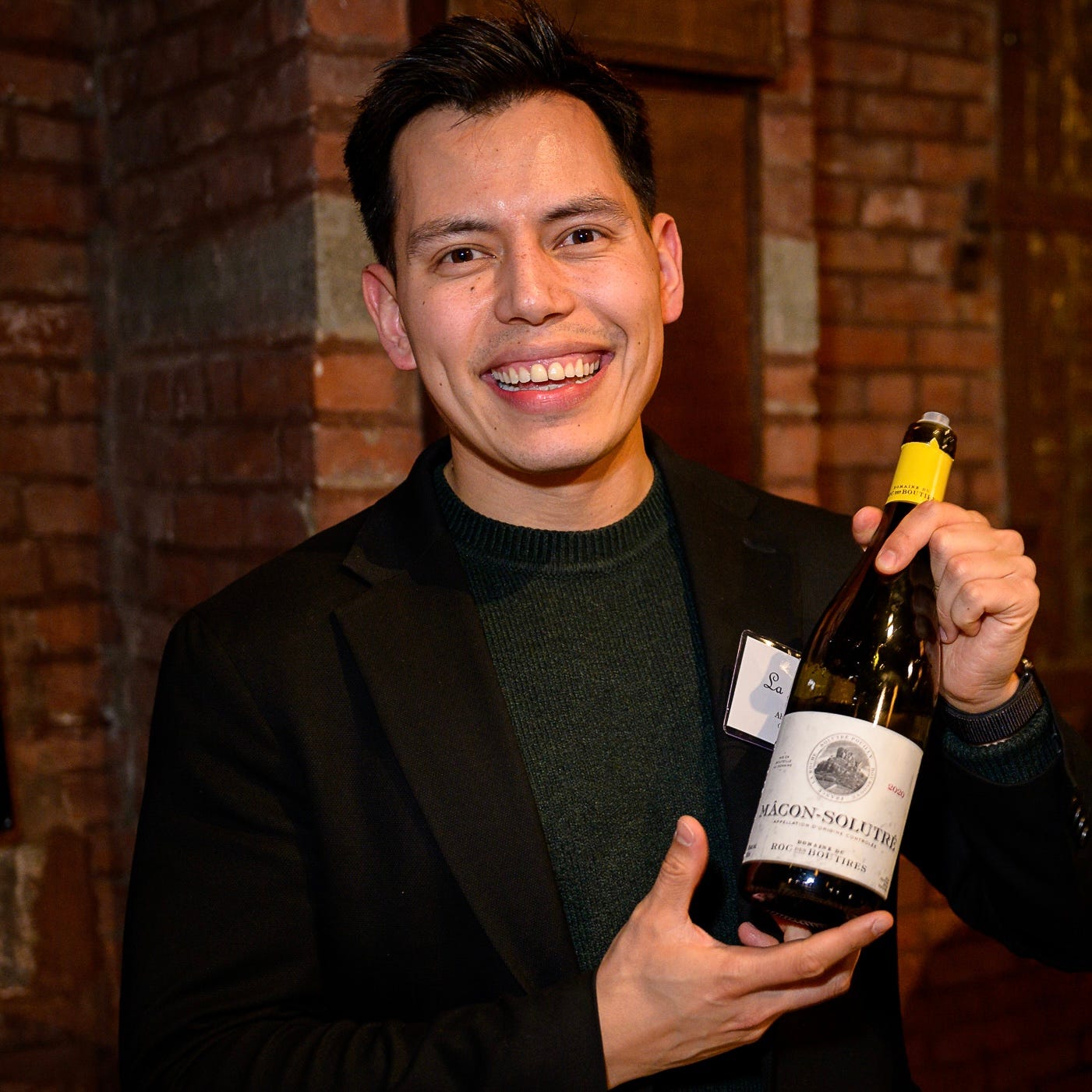Are Non-Alcoholic Beverages Better at Pairing with Food than Alcohol?
While drinks with alcohol such as wine get top billing for pairings, we often pair more with non-alcoholic drinks and they may even work better.
I’d like to take credit for introducing you to non-alcoholic beverage and food pairings. Really, I would. But that work has already been done. You’ve been doing it most of your life. As Ian Blessing, co-owner of All the Bitter and former sommelier at French Laundry, reminded me: “…[S]ome of the best pairings in the world are already non-alcoholic.”
For Blessing, a cup of breakfast tea paired with a sweet, tangy lemon scone; or a cruller donut with the icing peeling off its twisted sides as it dips into black coffee are those pairings. And, if you can’t relate to these, how about a chocolate chip cookie dipped in milk? Surely, you’ve experienced the joy of milk and cookies.
But it doesn’t end there. Blessing argues, “Alcohol plays less of a role in food pairings that we often admit.” And he’s right. Most of what we eat and drink together doesn’t involve any alcohol. However popular non-alcoholic pairings have become, they’re nothing new. And they can exhibit a level of flexibility in food pairing that alcohol can’t, especially with the growing sophistication of non-alcoholic beers, wines, and spirits.

One such pairing for Juanita Unger, owner of Seattle pop-up, The NA Sommelier, is Surely’s Red Blend wine alternative and a vegetarian BBQ sandwich her partner makes. She says, of the pairing: “The smokey, spicy notes in the Surely really danced well with similar notes in the sandwich in a way that simultaneously balanced and heightened the flavors in both.”
With alcohol, according to Unger, it might have muted some of the flavors from the BBQ. Unger says, “I now think that, in a way, alcoholic beverage pairings are inferior to non-alcoholic beverage pairings as the alcohol mutes the senses, thus prohibiting a full sensory experience.”
Blessing agrees that alcohol can be a problem, specifically with higher-proof beverages. Blessing says, “High-proof spirits like bourbon don't work well with food for a similar reason, all that booze numbs your palate and you taste less of the dish.”
Yet it’s also true that sometimes removing the alcohol can create beverages that are thinner than their alcoholic counterparts and have less intensity. Abe Zarate, sommelier at The Modern in New York, says, “Removing alcohol affects the body and texture of a beverage, so figuring out how to retain these elements is a good objective.” But Zarate also reminds us that it’s not the only objective.
According to Zarate, “…a pairing is meant to evoke emotion. Understanding the way something might feel emotionally seems even more important. We need to move away from framing NA beverages as having to make up for something they lack.”
Zarate gives the example of one of his favorite pairings, Tacos al pastor with agua fresca de jamaica (hibiscus). For Zarate, “This brings a memory of comfort from my grandma’s cooking… A great pairing doesn’t have to be some meticulously crafted drink. It has less to do with the beverage itself and more with thoughtful hospitality.”
Whether a pairing is meticulously crafted or created more from an emotional, sometimes called narrative, point of view, there are so many options now available for those who want to incorporate non-alcoholic pairings.
“The range of [non-alcoholic] spirits is so vast now that you've got a nearly limitless toolbox to start from, and high-acid ingredients like verjus and shrub are palate cleansing, which is one of the most important aspects of pairing,” says Blessing, “NA wine alternatives like Proxies, Muri, and Kally work well, too, because they're made with culinary ingredients like tea, vinegar, bitters, juice, herbs, etc.—all things that go nicely with food.”
One of my favorite pairings of late is Bravus Blood Orange IPA NA beer and Indian spicy, salty, and fried dishes such as pakoras and samosa. The citrus and hops do exactly what Blessing suggested is an important aspect of food pairing, cleansing the palette. But they also lift the spices in a gentle way, not overpowering or fighting with them as alcohol can sometimes do.
I’ll be featuring some fun non-alcoholic pairings over the next few weeks leading up to Thanksgiving from some of my talented friends, such as Lauren “L.P. O’Brien, winner of Netflix Drink Masters, and Marcos Salazar from the Adult Non-Alcoholic Beverage Association (ANBA). I’m also teaching an online class on non-alcoholic drinks for the holidays, Holidays Without the Hangover with Atlas Obscura.
Otherwise, I would love to hear some of your favorite NA pairings with NA beer, wine, and spirits or anything non-alcoholic. Please feel free to leave them in the comments.
Derek Brown is an author, award-winning bartender, NASM-certified wellness coach, and founder of Positive Damage, Inc.
This newsletter is free and public. Share with anyone you think will enjoy it.








This! “High-proof spirits like bourbon don't work well with food for a similar reason, all that booze numbs your palate and you taste less of the dish.” At this stage in my life I most enjoy a beverage before and after dinner while pairing my food with water so as to not dilute any of the flavors.
L’Orygine in Quebec City had a fabulous NA pairing. Even the house made red wine was delicious. I noted that many of the NA pairing choices shared a juice/flavor/herb with the sauce of the main dish, to good effect. One recipe I meant to remember balanced juices with NA beer for umami.